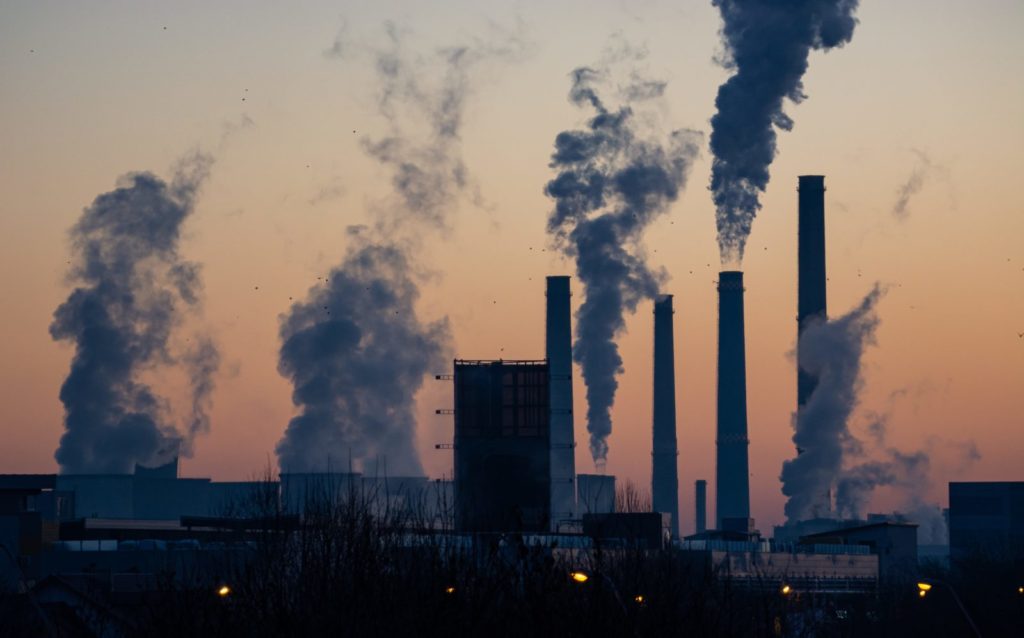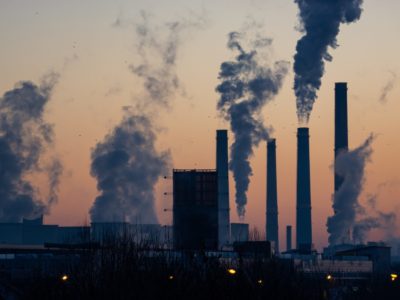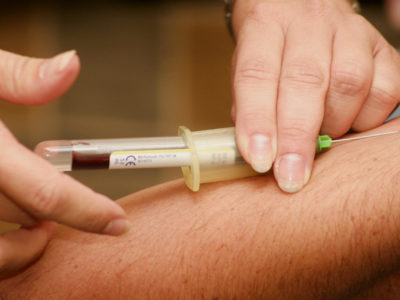
This aspect has been evaluated by the New Scientist magazine on the basis of various data.
Data has been collected from more than 120 monitoring stations across England. Nitrogen dioxide (NO2) and nitrogen monoxide (NO) were analyzed in various areas. From the study, a link appears to emerge between higher levels of pollution, the rate of infection, and the mortality of the virus.
A hypothesis in explaining this aspect is also that the fine particulate matter of pollution acts as a “carrier” in transporting the virus to the surface of the particles at a longer distance. A “position paper” presented by the University of Bologna advanced the possible correlation with the exceedances of the limits for PM10 in the control units of some cities and the number of hospitalizations from Covid-19. This is a correlation to be verified, but fine particulate matter as a carrier for other pollutants is known for other polluting factors (such as PAHs, polycyclic aromatic hydrocarbons).
A study from a few years ago also showed a correlation between air pollution indicator and SARS mortality in China. The mortality risk was amplified, about double, in areas with higher pollution than those with better air quality.
However, it must be considered that pollution, like the smoke of a cigarette, leads to chronic diseases of the respiratory system and this may, therefore, be one of the co-factors that plausibly aggravate the severity of the impact of a pandemic that attacks mainly the lungs.
Passing to the breathed air of indoors, some studies show that SARS-CoV-2 can be exceptionally contagious in crowded environments such as a call center. The Korea Centers for Disease Control and Prevention (KCDC), the national public health authority of South Korea, followed the evolution of an outbreak that broke out in a building of the city of Seoul, where several cases of COVID -19 were recorded on the most crowded floors.
As shown by a further study, it seems that it takes prolonged contact to become infected and those ventilation systems are a risk factor if not sanitized. In a restaurant in China, one person infected 9 individuals who were sitting at other tables but under the same flow of air conditioning. In that case, the jets of the air conditioners had created strong air currents and the saliva droplets of the asymptomatic but positive would have been pushed by the jet of the air conditioner arriving farther. However, it should be considered that various types of air conditioning systems, if well maintained with clean filters, brings air from outside to the inside of the room, removing suspended particles.
In any case, regarding the risk of Coronavirus infection, there seems to be a link between prolonged exposure and environments with poor air quality. However, the exact cause is still unclear. Further studies will be needed to confirm these data.






